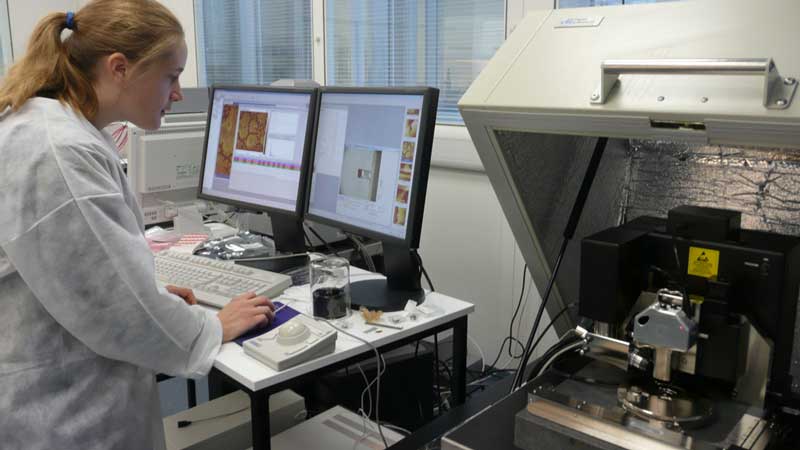
Scientists love to wrap themselves and everything around them in mystery, and over the past decade, in aluminum foil. Well, no pun intended, not after Paul Feyerabend’s crucifying analysis of the history of science. But it’s the truth. Physicists and other scientists (do we see a dichotomy here?) are literally wrapping important equipment around them in aluminum foil.
Why?
For the sake of advancing science!
Interesting right?
Let’s see how.
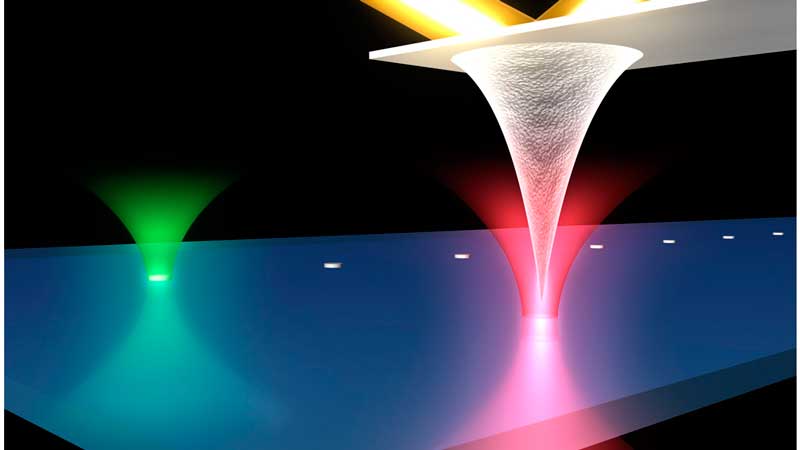
Protecting the Atomic Force Microscope from static
We don’t pay heed to the charges that constantly bounce off our cloths as we walk down the street. But when it comes to the world that the atomic force microscope works with, every charge is like a giant boulder of death (or a charged missile) hitting the landscape. Remember that the Intel’s smallest working transistor is just 1 atom thick and 10 atoms wide.
A charge hitting on one is bound to upset bonds and relationships.
So, the charges are unwelcome and need to bounce off. That’s why the research areas and the atomic microscopes are usually wrapped with aluminum foil. It gets rid of the static once it has been properly grounded. What about the research personal? The people working the labs are de-charged before entering the labs. Then again, you may have seen those shiny silver suits often related to people working with aliens in Area 52. Well, they wear those to protect the equipment more than to protect themselves from alien disease.
We will never know.
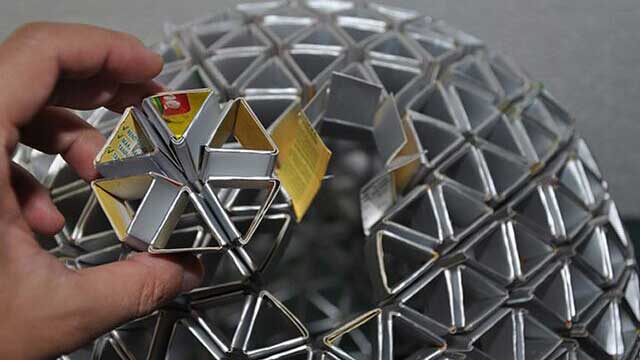
Baking Out Accelerating Equipment
Science progresses by falsifying theories. Scientists and engineers create new hypothesis and experiments to verify or falsify them. Given that even the slightest variations in the surrounding can significantly alter the results of the experiment, it becomes important to perform them under highly controlled environments.
That means performing them in vacuum and/or maintaining consistent temperatures across the equipment for optimal results. This is where a cost-effective method called “bake-out” comes into play. It’s simply blanketing and wrapping the aluminum foil around the equipment, securing it with heat tapes.
The SLAC National Accelerator Laboratory as well as the Lawrence Berkeley Lab’s Advanced Light Source uses massive quantities of aluminum foil for their "bake out" maintenance routines. The aluminum foil allows even spread of the heat and aids it in maintaining vacuum throughout the tests. It’s a thing to remember the next time we unwrap our lunch.
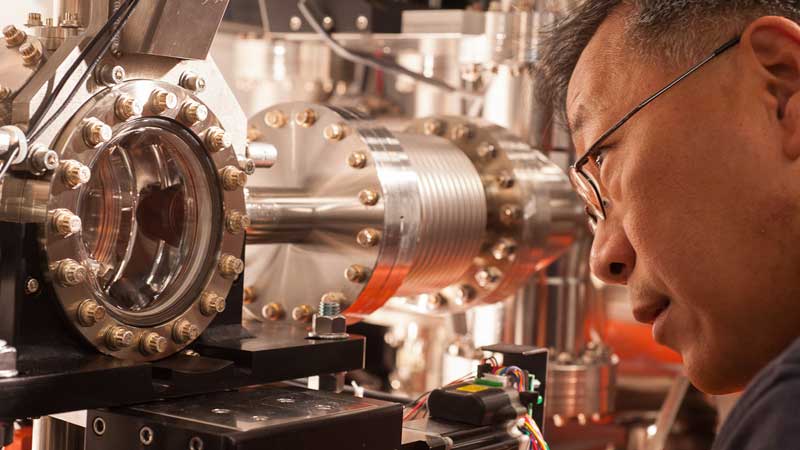
Testing X-ray Lasers
Apart from being highly conducive to heat and charge, aluminum is also highly reflective and not to just sunlight. If you have ever forgotten to unwrap a edible wrapped in aluminum foil and placed it in a microwave you may have an idea on how the microwaves get reflected off the foil (to a dangerously awesome light show. Kindly do not try that at home).
Well, the researchers involved in exploring the beginnings of our universe rely on these properties (and others) to recreate almost the exact conditions using aluminum foils. Researchers at the Berkeley Lab, SLAC, and Princeton Plasma Physics Lab, among others regularly direct powerful x-ray lasers towards aluminum foils in to recreate conditions present inside the distant suns and giant stars.

Farming Nano-Crystals for Solar Panels
Renewable energy is one of the best ways of evading total climatic breakdown, and solar energy is one of the most abundant and scantily used resource. The biggest challenge is to create solar cells that can efficiently convert the energy from photons into electrical energy.
Currently one of the biggest challenges is the cell’s ability to absorb and transform as much energy as possible from each photon. Given the speed of light and inefficient transformation capacity, this has posed a problem. Secondly, creating robust solar cells is costly. However, researchers at the Berkeley Researchers published a monumental work in Nature titled, “Three-dimensional nanopillar-array photovoltaics on low-cost and flexible substrates.” The researchers have found a way to develop flexible solar cells by growing the cells on aluminum foil sheets.
The sheets offer a cost-effective and efficient substrate (think farming land) for the crystals! Should we get any ideas for that sandwich? I think it’s highly unlikely that we’ll find them growing there!

Busting Myths about Invasive Radio Signal Protection Hats
This is an indirect advancement because, well, science demythologizes our beliefs (I know Thomas Kuhn and Paul Feyerband won’t acknowledge that) but in a way it does rationalize our actions with empirical research.
We’ve seen those tin foil hats people wear thinking that they will simply bounce off the invasive radio signals present in the atmosphere (both telecommunication radio waves and mind control waves being sent from the stratosphere or aliens). Though we must remain open to possibilities (alien life mostly), researchers at MIT did find that even if such invasive waves existed, the hat would simply amplify them back.
So hats off!
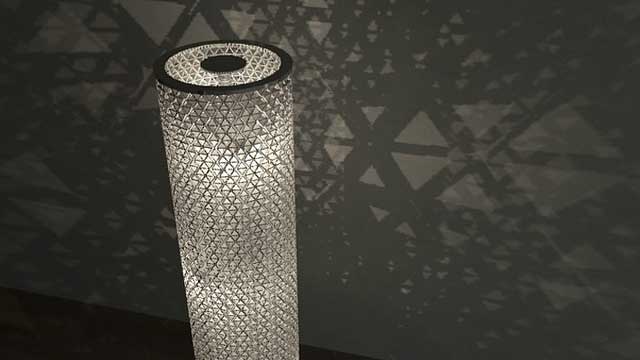
In Conclusion, Aluminum — The Universal Metal
We know the primary properties of aluminum that has allowed it to become the second most mined, smelted, and used metal in the world. It’s inexpensive, lightweight, durable, resistant to corrosion, and works wonders when it is made to work within strong magnetic fields, high temperatures, and to act as an alloy and as an insulator.
So, the next time you are selecting an aluminum foil from the store, remember that researchers committed to unearthing the secrets of the universe, developing renewable technologies, and working with aliens maintain millions of dollars worth of equipment using the unbelievably versatile metallic foil that is aluminum foil.
Contact: Yumtou
Whatsapp: +8618538515831
Email: andy@yumtou.com
Add: Zhengzhou City, Henan Province, China